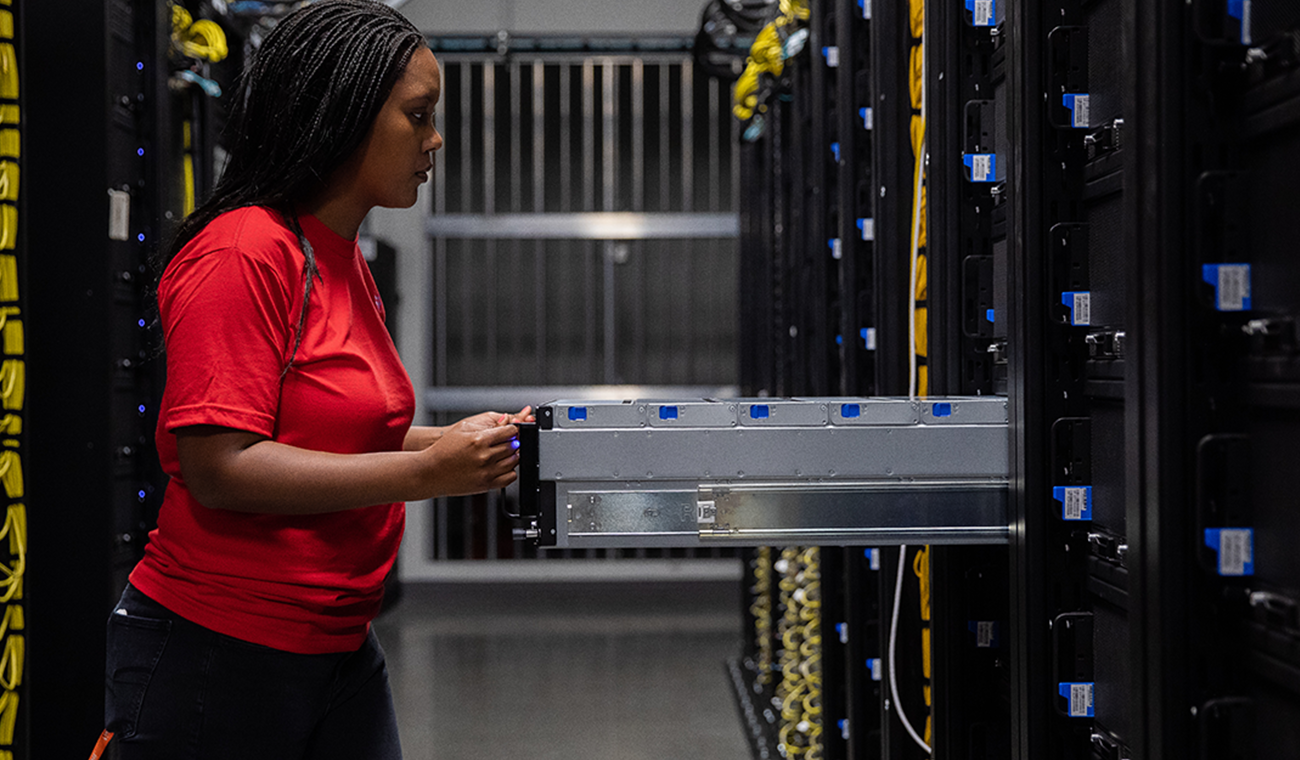
In 2018, Dropbox became the first major tech company to adopt SMR technology. These high-density drives added hundreds of petabytes of new capacity at a significant cost savings over conventional PMR drives. A year later, we’ve tackled challenges of adopting this new technology and have exceeded many of our projected goals.
Our teams worked on necessary software changes, such as rewriting our server software ahead of time to make sure the architecture would work for both SMR and PMR drives. Then we tested on hundreds of thousands of installed disks before any SMR machines were brought online. Other software changes include improving the throughput of the networking stack to the disk and adding an SSD cache. To maximize capacity, we decided to write directly to the disks without a filesystem.
SMR hardware is a new technology in the data-center context, so it was crucial to get all our partners and vendors talking together to identify and resolve issues early on. Our hardware and Magic Pocket teams worked closely to iterate on the needed solutions.
The outcome of all this work has resulted in exceeding goals and expectations in all critical areas—increased density, cost savings, and energy savings. We’ve been increasing the density of our disk capacity faster than the growth of the data itself, which means at this rate, close to 40 percent of all Dropbox data will be on SMR by the end of 2019, surpassing our predicted goal. We’ve also met our expectations in terms of cost savings with more than a 20% percent savings overall compared to the last generation storage design. We can now store roughly 10 to 20 percent more data on an SMR drive than on a PMR drive of the same capacity at little to no cost difference. SMR technology is also more energy efficient. We’re using much denser drives, but our power usage has increased only marginally.
Our teams have already started working on further increasing density for our 2020 storage designs and we’re confident that this new architecture will allow us to take advantage of future innovations in data storage technology.
To read more about SMR technology from our Magic Pocket and hardware engineering teams, check out our tech blog post here.











